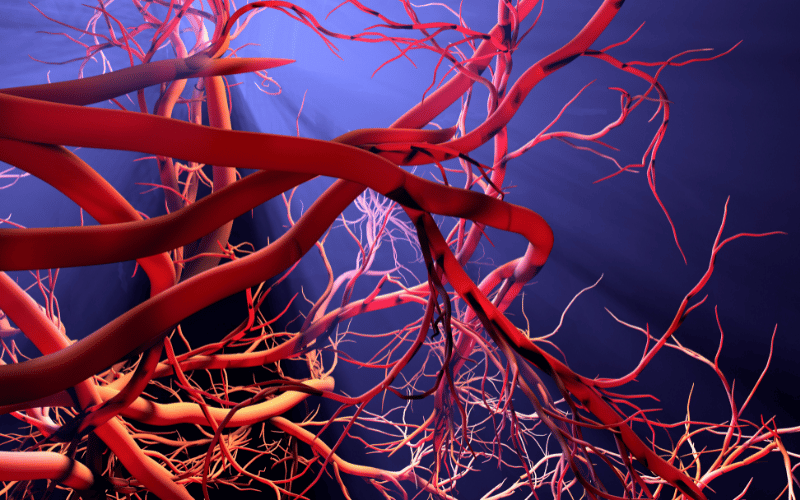Frequently Asked Questions about Small Vessel Disease

1. What is Small Vessel Disease?
Small Vessel Disease, also known as microvascular disease or microangiopathy, is a condition where the smallest arteries in the heart become narrowed, reducing blood flow to the heart muscle and other organs. This can lead to various symptoms and complications, including chest pain, heart attacks, and cognitive issues.
2. What are the symptoms of Small Vessel Disease?
Symptoms of SVD can vary, and some people might not have any at all. However, common signs include chest pain (angina), shortness of breath, fatigue, and discomfort in the left arm or jaw. SVD can also cause symptoms related to brain and kidney function due to reduced blood flow to these organs.
3. What causes Small Vessel Disease?
Small Vessel Disease can be caused by a number of factors, including high blood pressure, diabetes, high cholesterol, obesity, and smoking. Aging is also a significant risk factor, with the disease becoming more common as we age.
4. How is Small Vessel Disease diagnosed?
Diagnosing SVD can be challenging due to its often subtle or non-existent symptoms. Doctors may use a variety of tests, including electrocardiogram (ECG), stress testing, and imaging tests such as a CT scan or MRI. In some cases, an invasive procedure known as coronary angiography might be necessary.
5. Can Small Vessel Disease be treated?
Yes, SVD can be managed effectively through a combination of medication, lifestyle changes, and, in some cases, surgical intervention. Lifestyle modifications like regular exercise, healthy eating, smoking cessation, and maintaining a healthy weight are key to managing SVD. Medications to control blood pressure, cholesterol levels, and blood sugar are often necessary. In more severe cases, procedures like angioplasty and stenting may be recommended.
6. Can Small Vessel Disease be prevented?
While there’s no surefire way to prevent SVD, you can significantly lower your risk by controlling potential risk factors. This includes managing high blood pressure, keeping diabetes under control, lowering high cholesterol, quitting smoking, and maintaining a healthy weight.
Conclusion: Understanding and Managing Small Vessel Disease
Small Vessel Disease is a significant health condition that affects countless individuals worldwide. Understanding the key facts about this condition is vital to managing it effectively and reducing its impact on quality of life. From recognizing the symptoms and risk factors to adopting necessary lifestyle changes, every step is crucial in dealing with this disease.
Preventing or managing SVD doesn’t stop with medical treatments; it extends into daily life decisions. Eating a heart-healthy diet, exercising regularly, managing stress, maintaining a healthy weight, and attending regular check-ups can all contribute to a healthier cardiovascular system.
Remember, the smallest vessels can make the biggest difference in cardiovascular health. By understanding the intricacies of Small Vessel Disease and taking steps to manage it effectively, we can safeguard our health and ensure a better quality of life.